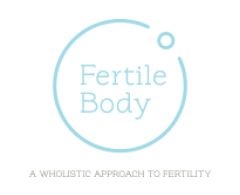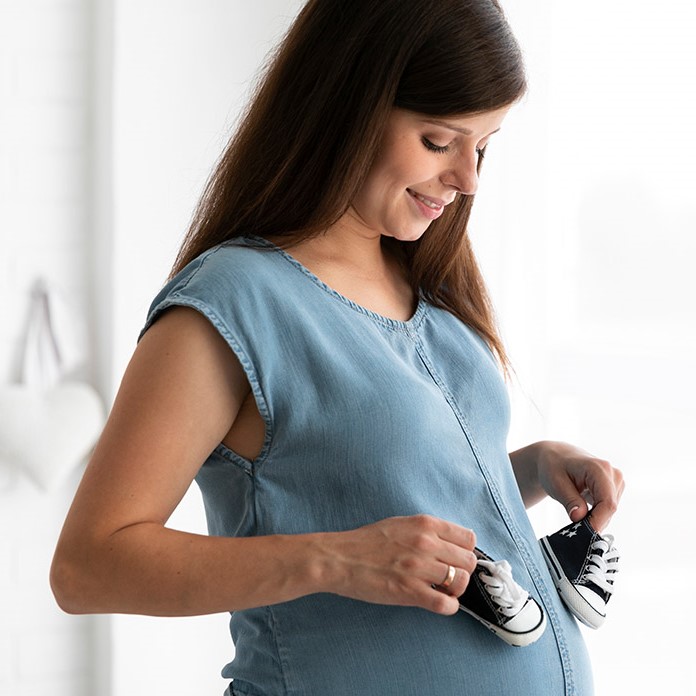The journey of pregnancy and childbirth is an extraordinary experience marked by anticipation and excitement for many women. As the due date approaches, expectant mothers often look forward to the onset of labour, desiring a natural and empowering birthing process. Using acupressure and acupuncture to induce labour has gained prominence as non-invasive and holistic methods, providing women with tools to support their bodies through the natural stages of labour and childbirth.
The Essence of Traditional Chinese Medicine and Acupuncture to Induce Labour
Rooted in Traditional Chinese Medicine (TCM), acupuncture and acupressure focus on promoting the smooth flow of Qi, the body’s vital energy. TCM posits that labour induction through these practices aids in facilitating the body’s natural processes, including the softening and ripening of the cervix, stimulation of uterine contractions, and optimal foetal positioning—all essential elements for a successful and natural labour.
Modern Perspectives and Hormonal Influence in Inducing Labour
From a modern perspective, scientific research suggests that acupuncture and acupressure may influence hormonal release, particularly oxytocin. Oxytocin plays a pivotal role in initiating and sustaining labour, making these techniques valuable for supporting the physiological mechanisms of childbirth.
Understanding Acupuncture and Acupressure
Acupressure involves the gentle application of pressure using fingers and thumbs to stimulate specific acupuncture points. In contrast, acupuncture utilizes thin needles to activate these points. Both methods aim to restore balance and harmony within the body, promoting overall well-being and facilitating a smoother labour process.
Key Acupoints for Acupressure and Acupuncture Labour Induction:
- Spleen 6 (SP6): Positioned above the ankle on the inside of the leg, SP6 is believed to influence the reproductive system, alleviate pain, and stimulate the cervix, making it a crucial point for labour induction.
- Bladder 32 (BL32): Found in the lower back, BL32 is associated with the uterus and is often targeted to stimulate contractions, supporting the progression of labour.
- Large Intestine (LI4): Situated between the thumb and forefinger, LI4 promotes the smooth flow of energy and relieves pain, with a potential downward action on Qi to assist in moving the baby into the pelvis.
- Kidney 3 (KD3): Located on the inside of the ankle, KD3 is believed to strengthen the mother’s energy, support the growing baby, and play a role in promoting the labour process.
Maximising the Benefits of Acupuncture and Acupressure to Induce Labour
To optimize the benefits of acupuncture and acupressure for labour induction, a recommended strategy involves starting acupuncture sessions around 35 weeks of pregnancy, with weekly sessions leading up to the due date. Consideration may be given to increasing the frequency during the final stages of pregnancy. This combined approach aims to provide an empowering and positive labour experience for expectant mothers.
Positive Research Findings for Acupuncture and Acupressure
Research from Germany supports the efficacy of this protocol, indicating a potential for a more efficient active stage of labour. A New Zealand study involving midwives demonstrated a reduction in the need for medical interventions, including medical induction and caesarean sections. Additionally, Norwegian research on acupuncture for women with premature rupture of membranes (PROM) suggests that this approach should ideally be offered to all women with PROM, emphasizing its potential to facilitate normal birth.
Acupuncture and acupressure to induce labour offers a wholistic and empowering approach to childbirth. The integration of traditional wisdom from TCM with modern scientific understanding highlights the potential benefits for expectant mothers seeking a natural and positive birthing experience. The combination of acupuncture sessions and acupressure techniques, when implemented with proper guidance, holds promise in supporting the body’s natural processes and optimizing the labour journey. As research continues to affirm the positive outcomes associated with these practices, it is evident that acupuncture and acupressure can play a valuable role in enhancing the overall childbirth experience for women worldwide.


